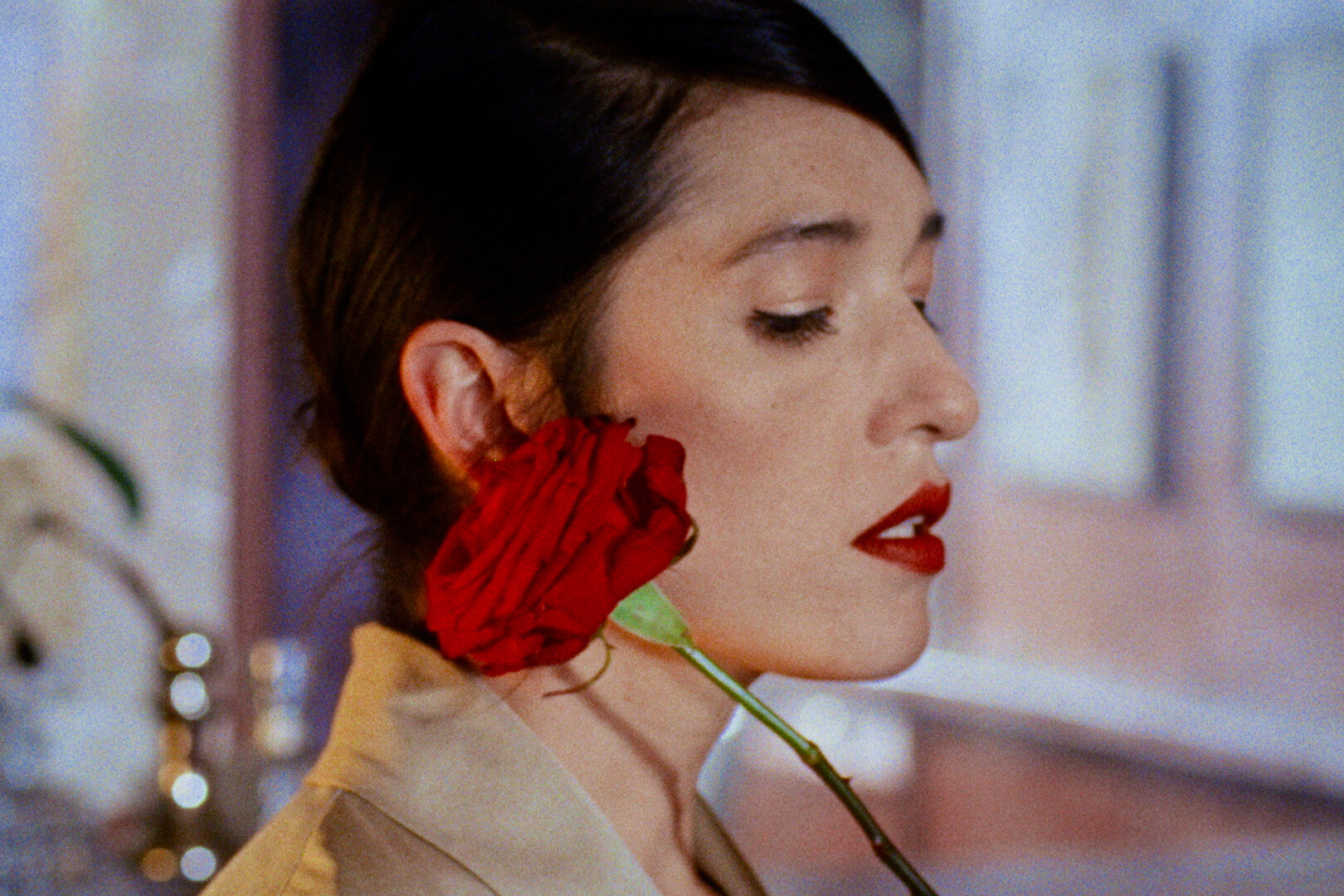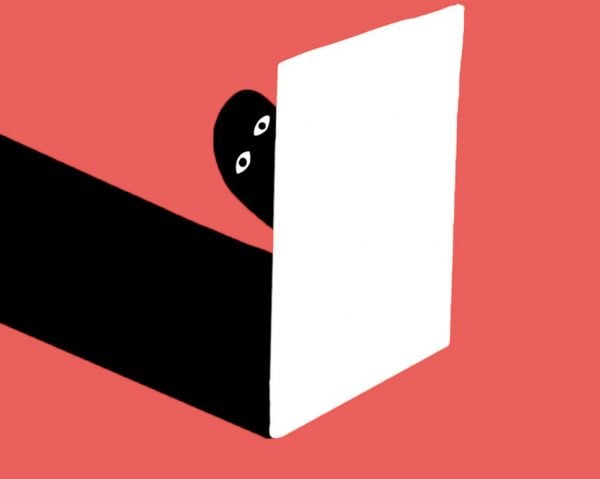Visual artist Ann Oren's first foray into feature-length filmmaking is a sensual delight and a gift that keeps on giving. Oren approaches her film with sincere dedication to every single building block: Piaffe looks, sounds, and feels sensational while being a fairly modest production. A true indie film, Piaffe verges on experimentation as a young woman named Eva (Simone Bucio) takes over the job of a foley artist from her sister. Even though she's under-qualified, she tries her best t0 come up with the sounds for a horse-themed commercial to no avail. However, in the process, she notices a bump on her lower back that grows into a horse's tail. Piaffe is a tale of metamorphosis, not only of the flesh, but also of the heart, as the themes it explores are also directly related to sexuality, submission, and, of course, love as a manifestation of all those things.




